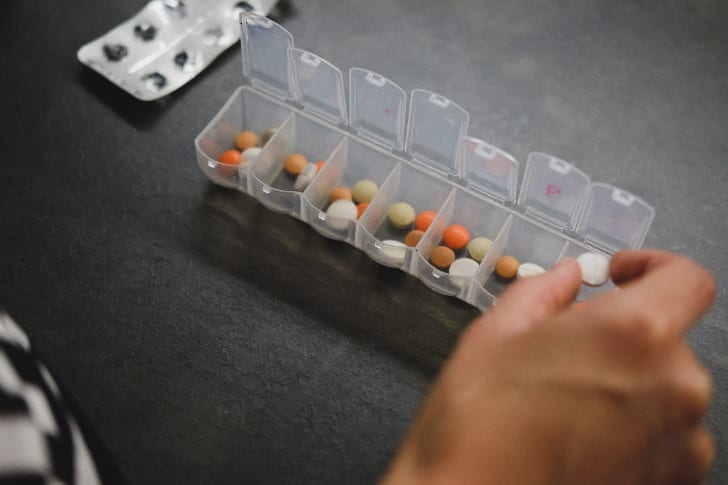Many years back, LianneMandelbaum, boarded a flight with her little son. He faced a severe peanut allergy that could have cost his life! Lianne was terrified, and to add to the stress, a fellow passenger and their kids were snacking on some peanuts.
To her absolute horror, when the other kids learned about her son’s aversion to peanuts, they started teasing him. The children even threw some peanuts at her son and were laughing hysterically as well.
Tormented, Lianne requested a steward on board to see if they could make a disclosure and announce that there was a child with a deadly peanut allergy. The cold-hearted attendant told her that she should’ve stayed on the ground with her son if he had an allergy.
That statement hit home, and since that day, Lianne became a driven activist for passengers with food aversions/allergies. She now helps thousands of people through her website, giving tips on how to fly with caution while your kid suffers from lethal allergic reactions.
Before Reserving the Plane
First of all, make sure you check all the airline rules, regulations, and policies.
These guidelines and protocols differ from airline to airline. Some services don’t welcome passengers who request not to serve fellow passengers with peanuts. Other commercial flights refrain from serving allergens at all costs when you appeal. It would also help if you could have a hardcopy of the guidelines printed out, just in case the staff/attendants are not too familiar with the policies.
Schedule a shuttle that flies earlier in the day
Airplanes are cleaned and sanitized at the end of each day. So, early morning flights are the best to make sure you don’t come into contact with allergens of any sort. Better safe than sorry peeps!
Always have a letter of diagnosis with you while traveling
Request your child’s pediatrician/allergist a letter confirming your child’s diagnosis. Also, carry with you the medicine and food that help with the allergy.
On the Day of Your Flight
Bunch up medicine and food

Don’t ever forget the medicine and the prescription itself as well. Pack flight-friendly food that would cause fewer chances of you getting eatables from the flight and thereby getting exposed to allergens.
Such risks should not be taken when you are 30,000 feet above the ground. Less at stake, the better, so why not pack double the food needed in case there is a long delay. It never hurts to be prepared for the worst!
Keep the gatekeeper and flight attendants informed
Nobody knows of the severity of the allergy unless you inform them. Be very cautious and polite—people will understand and empathize once you explain the situation. Don’t demand their corporation, request it. Remember, you are the one who is in need of help!
Board early

Mitchell Luo/Unsplash: Kids with suitcases waiting for parents
Don’t wait until the last moment to board the flight, get on early. Clean the armrest, shades, and food trays with a bleaching agent like Clorox. Get comfy with your kid, and clean everything up.
Don’t Forget the Pillows and Sheets
Bring your own disinfected sheets and pillows. Many passengers use the sheets on-board, and there is not much time for them to be cleaned.
These are the guidelines given by a mother who had a drastic experience with her allergy-prone child. Follow these steps, travel right, but most importantly, keep your kiddo safe!

